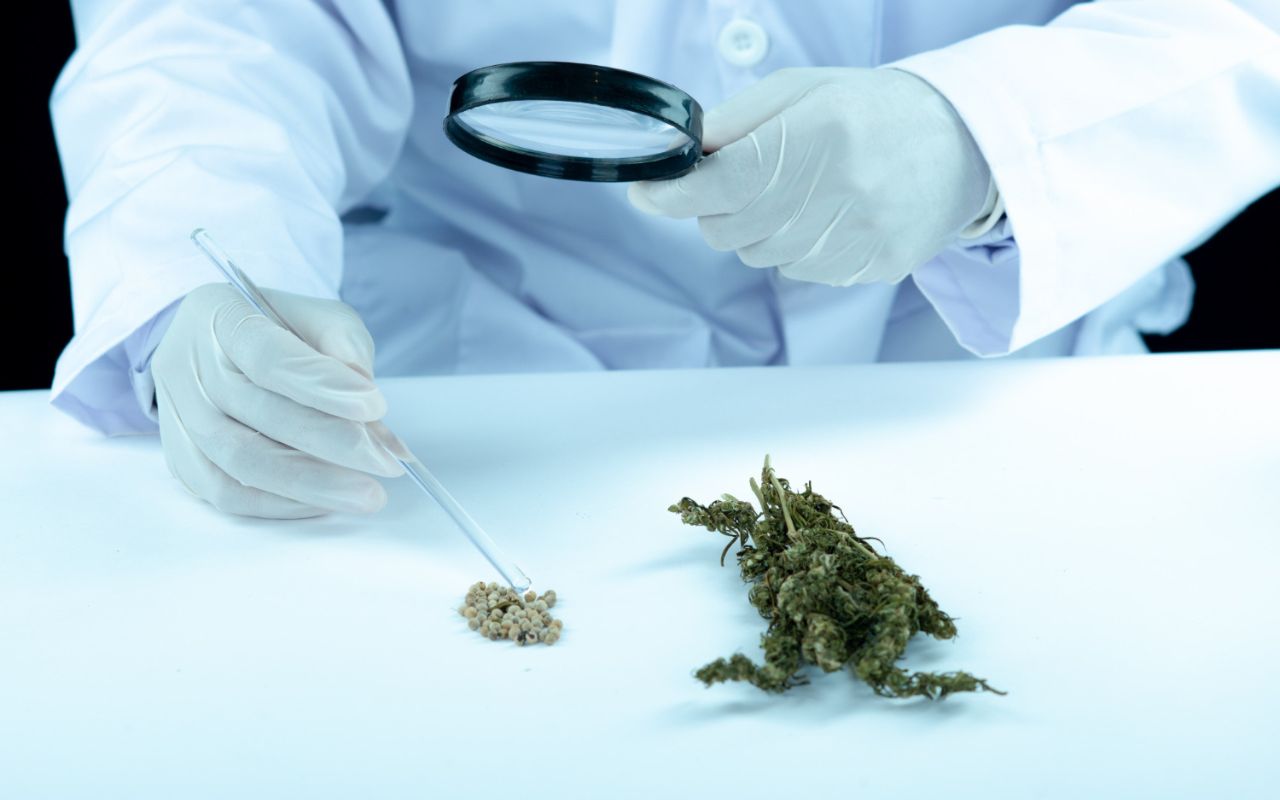According to a survey conducted by the Society of American Florists, baby’s breath is ranked among the top five most popular flowers for wedding bouquets in the United States, with over 60% of surveyed florists including it in their bridal designs.
This statistic highlights the widespread admiration for baby’s breath in the world of floral artistry and underscores the importance of knowing how to care for it to ensure that it remains fresh and beautiful throughout events and beyond.
Brief introduction to baby’s breath as a popular flower in various floral arrangements. Baby’s breath, scientifically known as Gypsophila, is a delicate and timeless flower that has found its way into a wide array of floral designs.
Its dainty white blooms, comprising numerous small, cloud-like clusters, have made it a favorite in weddings, bouquets, centerpieces, and other decorative displays. With its ethereal charm, baby’s breath adds a touch of elegance to any arrangement, and it has a well-deserved reputation as a classic and versatile choice for florists and DIY enthusiasts alike.
The purpose of the blog: how long does baby’s breath last!
To explore the factors affecting the longevity of baby’s breath and provide tips on how to make it last longer. Baby’s breath’s enduring appeal extends beyond its aesthetic qualities. For those who appreciate the art of floral design, knowing how to prolong the freshness of this delicate flower is essential.
In this blog, we delve into the factors that influence the lifespan of baby’s breath, offering practical insights and tips to ensure that your arrangements stay vibrant and captivating. Whether you’re a professional florist or simply an admirer of floral beauty, understanding the secrets to extending the longevity of baby’s breath can enhance your enjoyment of this beloved bloom.
II. Understanding Baby’s Breath
A. Introduction to baby’s breath (Gypsophila) as a versatile and timeless flower. Baby’s breath, known by its scientific name Gypsophila, is a flower that encapsulates purity and simplicity. With its fine, cloud-like clusters of tiny white flowers, it has become an icon of elegance and grace in floral arrangements. Whether used as a supporting element in grand bouquets or as the primary focus in minimalist designs, baby’s breath has a unique ability to convey a sense of delicacy and charm.
B. The various species of baby’s breath commonly used in floral arrangements. Baby’s breath is not limited to a single species.
There are numerous varieties of Gypsophila, each with its own unique characteristics and appearances. Gypsophila paniculata, or common baby’s breath, is the most widely used in floral designs due to its small white flowers and airy appearance.
Gypsophila elegans, often referred to as annual baby’s breath, has delicate pink or purple blooms, providing a splash of color to arrangements. Understanding these varieties can help in choosing the perfect baby’s breath for your specific design needs.
C. Overview of the significance of baby’s breath in different cultures and occasions. Baby’s breath transcends cultural boundaries and is often used to symbolize pure and eternal love. It’s a staple in wedding bouquets, where it represents the sincerity and innocence of the marital bond.
In different cultures, baby’s breath carries its own symbolism, such as new beginnings and a fresh start. It’s used in various ceremonies and events to convey feelings of hope, love, and celebration.
Baby’s breath’s versatility and timeless appeal make it a cherished element in various floral arrangements, and its significance goes far beyond its aesthetic value. In the following sections, we will delve into the factors influencing the lifespan of baby’s breath and how to make it last longer, ensuring your floral creations continue to exude their beauty and charm.
III. Factors Affecting Baby’s Breath Longevity
A. Environmental factors 1. Light exposure – Baby’s breath is sensitive to direct sunlight and prolonged exposure can accelerate wilting. Proper placement is essential to protect the delicate blooms from harsh UV rays. 2. Temperature and humidity – The ideal temperature for baby’s breath is around 68°F (20°C), with a relative humidity of 80%. Extremes in temperature or low humidity can cause premature drying and wilting.
B. Water quality and hydration 1. The importance of clean water – Baby’s breath is highly susceptible to bacterial growth in water. Using clean, bacteria-free water is crucial to prevent clogged stems and ensure a longer lifespan. 2. Cutting and conditioning baby’s breath stems – Trimming the stems at an angle and removing submerged leaves prevents the flower from sitting in water, maintaining hydration and extending its freshness.
C. Container and vase selection – The type of vase or container used can impact the longevity of baby’s breath. Choose a clean vase with an appropriate size that allows the stems to spread and absorb water efficiently. Additionally, a vessel with a narrow neck can help support the delicate clusters.
D. Ethylene sensitivity – Baby’s breath is highly sensitive to ethylene gas, which is emitted by fruits, vegetables, and some household items. Keeping baby’s breath away from ethylene-producing items can prolong its freshness.
E. Varietal differences in longevity – Different varieties of baby’s breath may have varying lifespans. Some may last longer than others under the same conditions. Understanding the characteristics of the specific variety you’re working with can help you better care for it.
IV. How Long Does Baby’s Breath Last?
A. Average lifespan of baby’s breath when properly cared for. Baby’s breath, when cared for correctly, typically lasts between 5 to 14 days. The exact duration can vary depending on several factors, including the specific variety, environmental conditions, and the level of care provided.
B. Factors that can extend or shorten its longevity. Several factors influence the lifespan of baby’s breath, including the following: – Proper hydration and water quality can significantly extend its freshness. – Ideal temperature and humidity conditions promote a longer lifespan. – Avoiding ethylene exposure and ensuring a clean vase can also extend the longevity. – Selecting baby’s breath varieties known for their endurance can further prolong its lifespan.
It’s important to note that baby’s breath can have a relatively long vase life compared to many other flowers, making it an excellent choice for arrangements that need to last for special occasions and beyond. In the next section, we’ll provide practical tips to help you maximize the freshness of baby’s breath in your floral creations.
V. Tips to Prolong Baby’s Breath’s Freshness
A. Water and vase care 1. Water replacement and trimming stems – Regularly change the water in the vase, ideally every 2-3 days, to prevent bacterial growth. Trim the stems at an angle each time to ensure efficient water uptake. 2. Using floral preservatives – Floral preservatives can provide essential nutrients and inhibit bacterial growth, promoting longer flower life.
B. Environmental considerations 1. Avoiding direct sunlight and extreme temperatures – Place your baby’s breath in a cool, shaded spot away from direct sunlight and drafts. This prevents wilting and dehydration. 2. Managing humidity levels – Use a humidifier or mist the area around your floral arrangement to maintain the ideal humidity for baby’s breath.
C. Ethylene prevention – Keep baby’s breath away from ethylene-producing items, such as fruits and vegetables, as exposure to this gas can significantly shorten its lifespan.
D. Pruning and removing wilted flowers – Regularly inspect your arrangement and remove any wilted or browning blooms to encourage the remaining flowers to stay fresh longer.
By following these tips, you can ensure that your baby’s breath arrangements remain vibrant and captivating for an extended period. These practical guidelines help maximize the freshness of this delicate flower and enable you to enjoy its beauty to the fullest.
In the following sections, we’ll explore creative uses of baby’s breath and its varieties, and provide real-life experiences and expert insights for a well-rounded understanding of this versatile flower.



